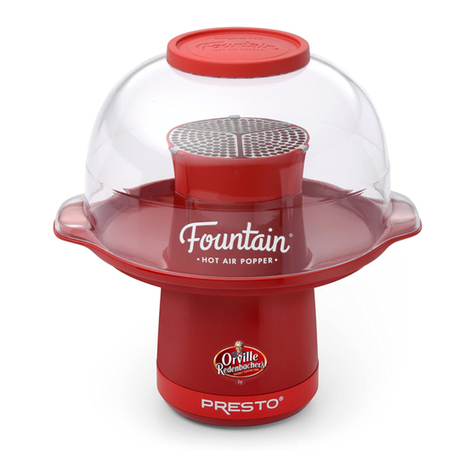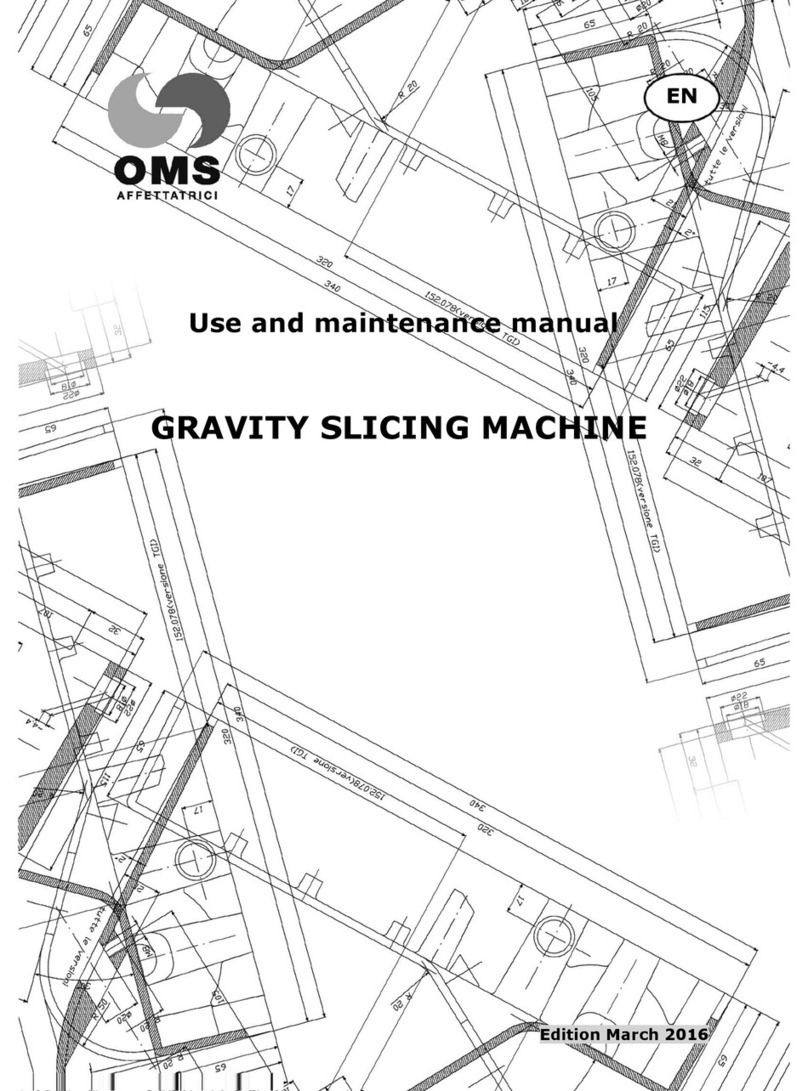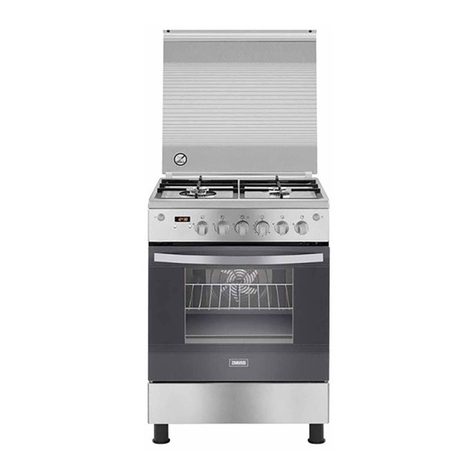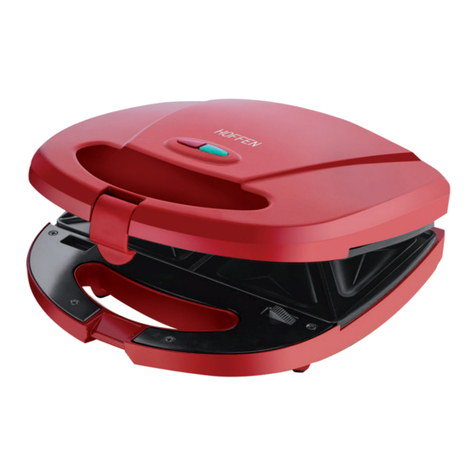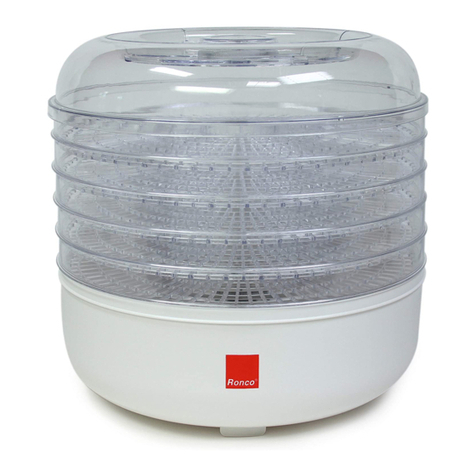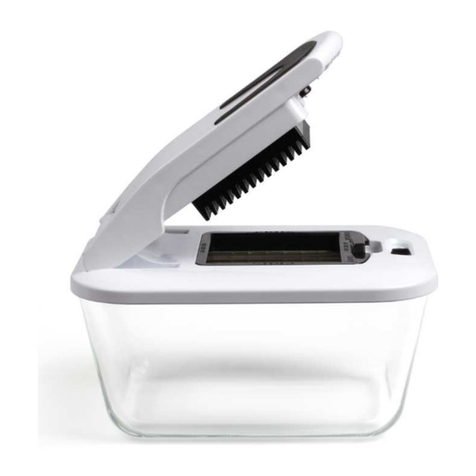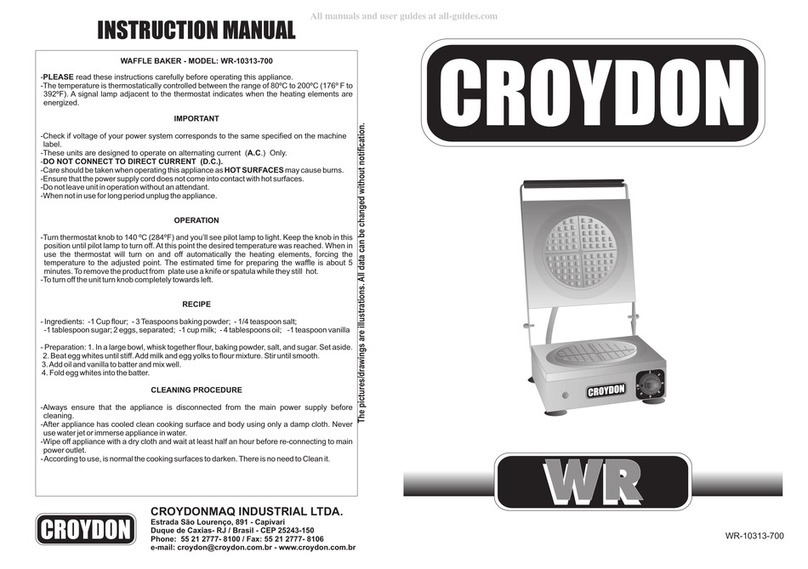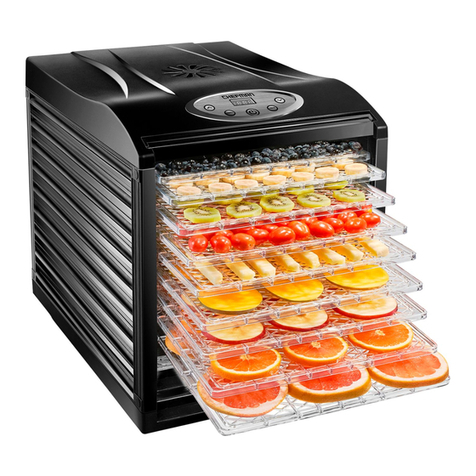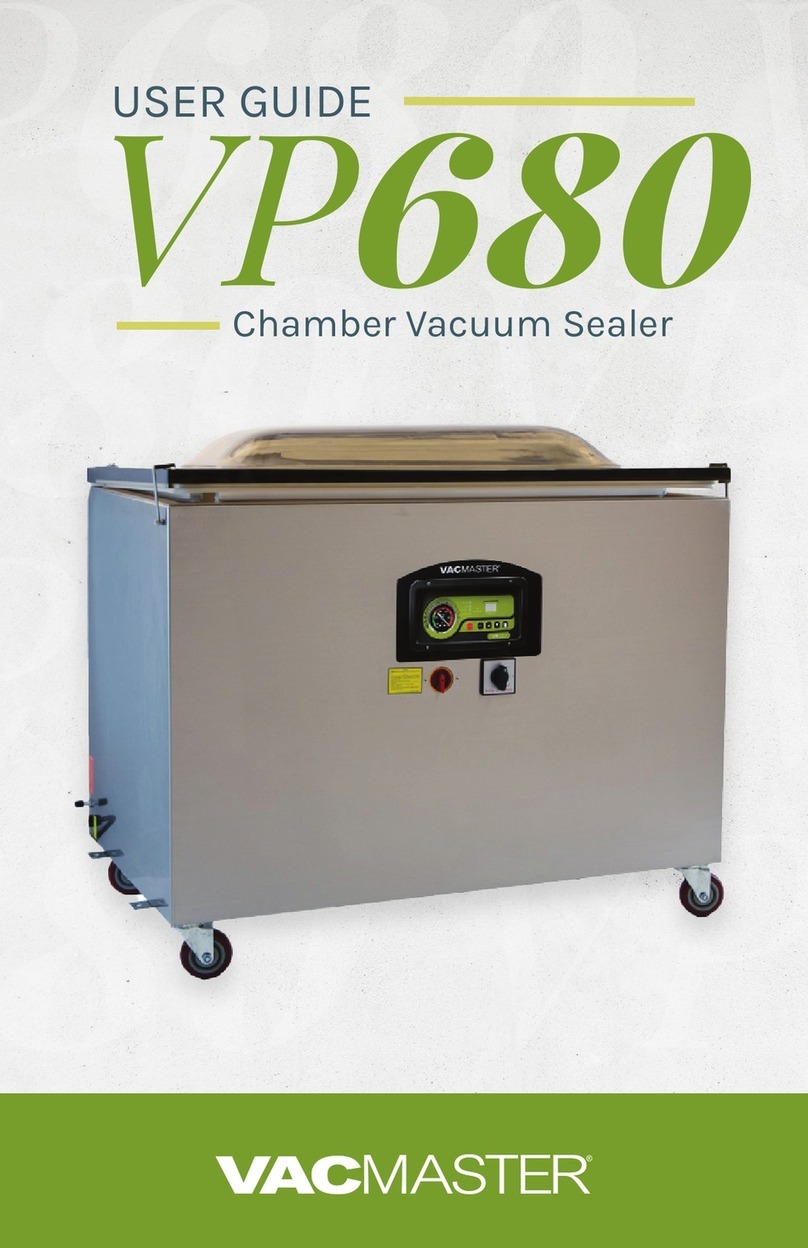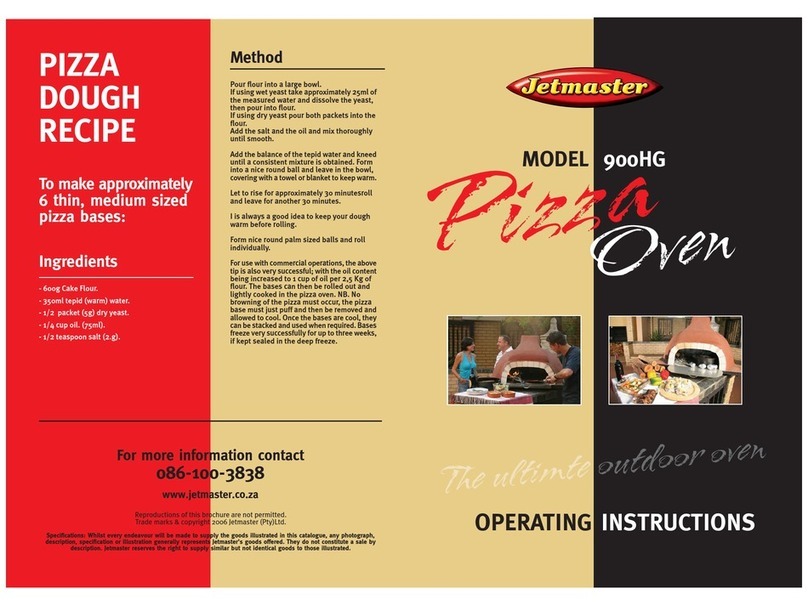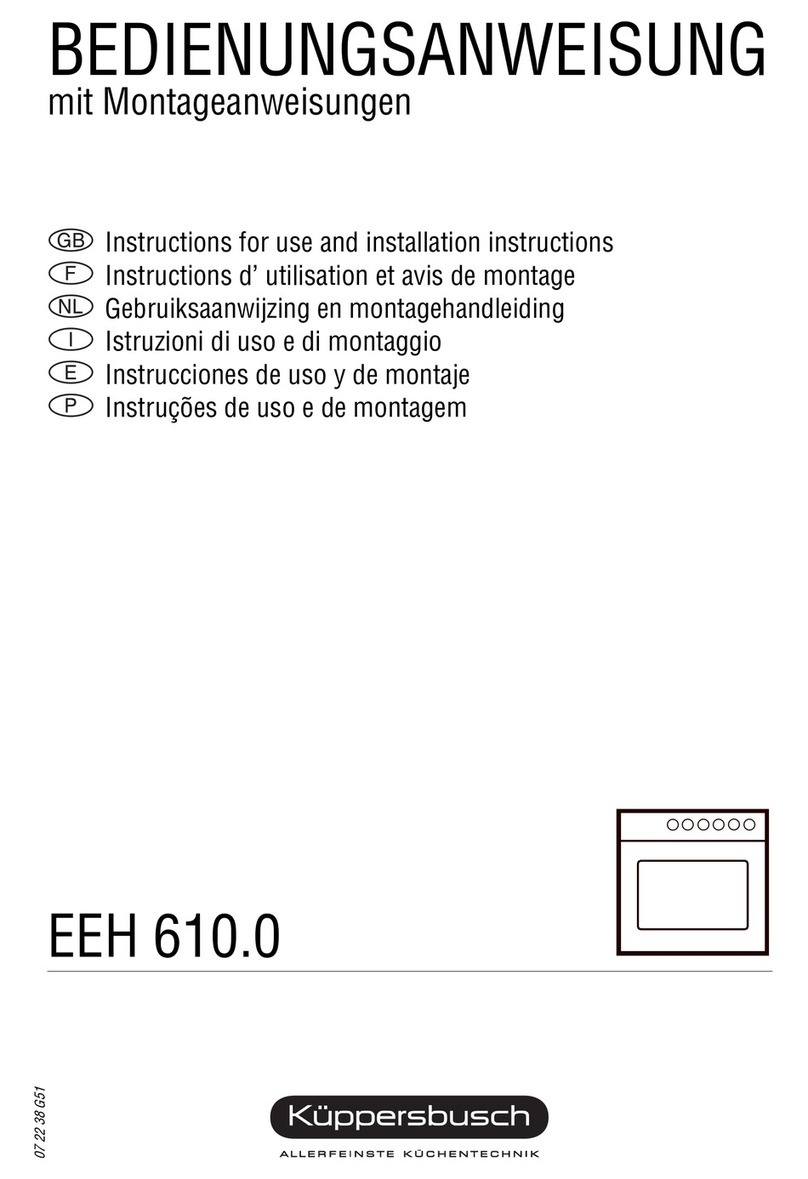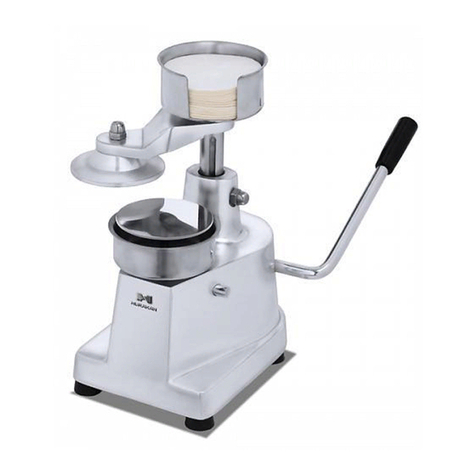
3
4.3 WIRING DIAGRAMS ................................................................18
4.3.1WIRING DIAGRAM OF THE THREE PHASE SYSTEM ......................18
4.3.2WIRING DIAGRAM OF THE SINGLE PHASE SYSTEM .....................19
4.4 GENERAL OPERATION CONTROL ...............................................20
CHAPTER 5 USING THE MACHINE....................................................... 20
5.1 CONTROLS.............................................................................20
5.2 OPERATION............................................................................21
5.2.1MANUAL OPERATION...............................................................21
5.2.2COMPLETE AUTOMATIC OPERATION..........................................21
5.2.3SEMIAUTOMATIC OPERATION ..................................................21
5.3 LOADING AND CUTTING THE PRODUCT .....................................22
5.3.1NORMAL TRAY ........................................................................22
5.3.2TRAY WITH CONTROL RODS ....................................................23
5.3.3TRAY WITH SPECIAL ARM ........................................................24
5.4 SHARPENING THE BLADE.........................................................25
CHAPTER 6 ROUTINE CLEANING ........................................................ 26
6.1 GENERAL INFORMATION..........................................................26
6.2 HOW TO CLEAN THE SLICING MACHINE ....................................26
6.2.1CLEANING THE PRODUCT HOLDER TRAY....................................26
6.2.2CLEANING THE BLADE, THE BLADE GUARD AND THE RING ..........27
6.2.3CLEANING THE SHARPENER .....................................................28
6.2.4CLEANING THE SLICE DEFLECTOR ............................................28
CHAPTER 7 MAINTENANCE................................................................. 29
7.1 GENERAL INFORMATION..........................................................29
7.2 MAINTENANCE .......................................................................29
7.2.1BELT .....................................................................................29
7.2.2FEET .....................................................................................29
7.2.3POWER CABLE........................................................................29
7.2.4 BLADE ...................................................................................29
7.2.5WHEELS ................................................................................29
7.2.6LUBRICATING THE SLIDING GUIDES.........................................30
CHAPTER 8 DEMOLITION AND DISPOSAL........................................... 30




